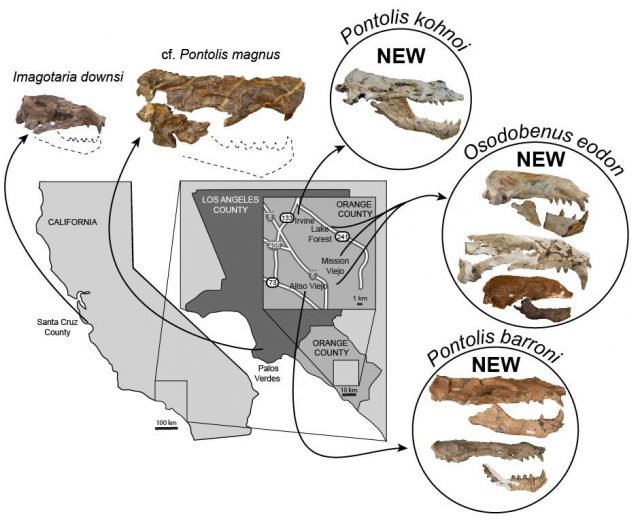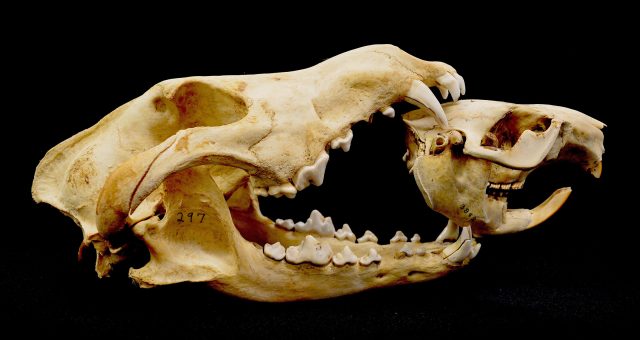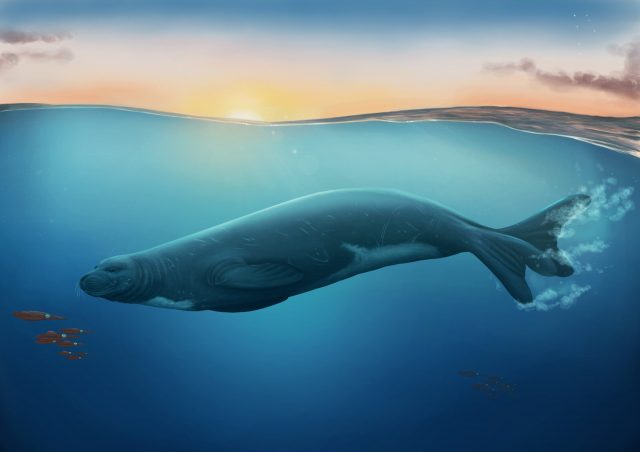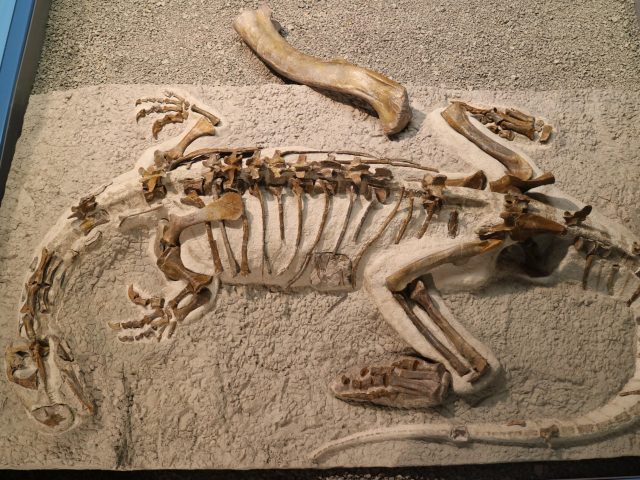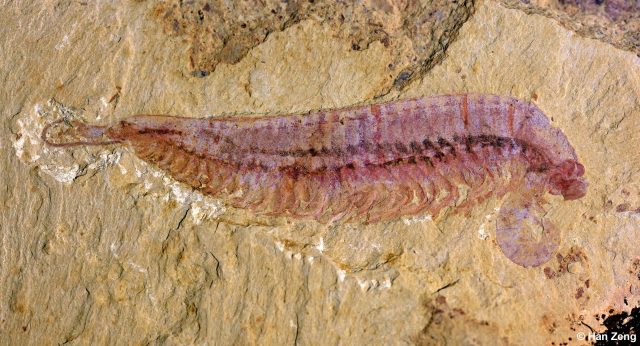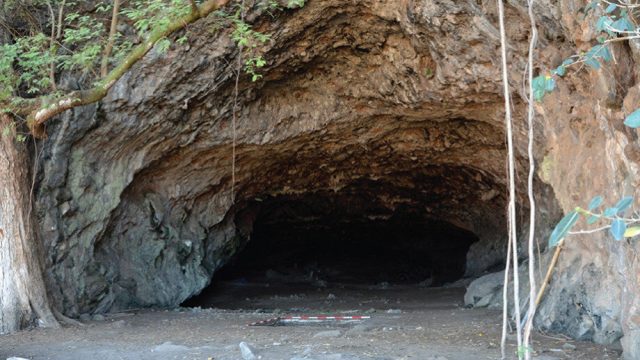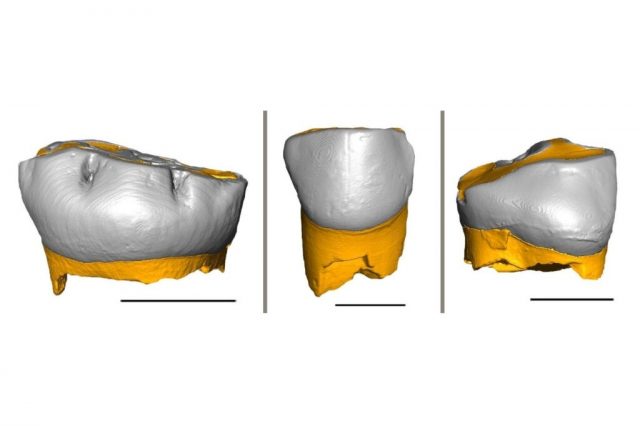Millions of years ago, in the warm Pacific Ocean off the coast of Southern California, walrus species without tusks lived abundantly.
But in a new study, Cal State Fullerton paleontologists have identified three new walrus species discovered in Orange County...
Beavers are some of the world's most prolific ecosystem engineers, creating, maintaining and radically altering wetlands almost everywhere they live. But what, if anything, might control this engineering by beavers and influence the formation of North America's wetlands?
In a...
The discovery, published today in the Proceedings of the Royal Society B, radically changes scientists' understanding of how seal species evolved around the world.
It came after researchers examined seven preserved fossil specimens, including a complete skull, found by local fossil hunters...
New research published today in the Journal of Vertebrate Paleontology describes a fossil family that illuminates the origin of perissodactyls -- the group of mammals that includes horses, rhinos, and tapirs. It provides insights on the controversial question of where these...
Long neck, small head and a live weight of several tons -- with this description you could have tracked down the Plateosaurus in Central Europe about 220 million years ago. Paleontologists at the University of Bonn (Germany) have now...
A new study of coprolites, fossil poop, shows the detail of food webs in the ancient shallow seas around Bristol in south-west England. One hungry fish ate part of the head of another fish before snipping off the tail...
The first fossils of a duckbilled dinosaur have been discovered in Africa, suggesting dinosaurs crossed hundreds of kilometres of open water to get there.
The study, published in Cretaceous Research, reports the new dinosaur, Ajnabia odysseus, from rocks in Morocco dating to...
Arthropods have been among the most successful animals on Earth since the Cambrian Period, about 520 million years ago. They are the most familiar and ubiquitous, and constitute nearly 80% of all animal species today, far more than any...
The study of the brain of extinct organisms sheds lights on their behaviors. However, soft tissues, like the brain, are not usually preserved for long periods. Hence, researchers reconstruct the brains of dinosaurs by analyzing the cranial cavities under...
ANU Archeologists have discovered a rare child burial dating back 8,000 years on Alor Island, Indonesia.
The one-of-its-kind burial for the region is from the early mid-Holocene and gives important insights into burial practices of the time.
Lead researcher Dr. Sofia...
Neanderthals behaved similarly to modern humans in raising their children, whose pace of growth was similar to Homo sapiens.
Thanks to the combination of geochemical and histological analyzes of three Neanderthal milk teeth, researchers were able to determine their pace...





